Introduction
This week Alastair Redpath of the Community Group "Project Hawick" explains a little about the history that forms the basis of these traditions, and introduces the "Borderer"to whom the bond of kinship and family far outweighed that of nationality, and gave us the words blackmail and bereaved!
More information on all the Border Festivals for 2015 can be found here:-
http://returntotheridings.co.uk/events/
Blog
At the ‘hedge’ of the known World.
1514 and the Battle of Hornshole
The Big Eight
| The official election of the Cornet takes place on the first Wednesday of May, originally to coincide with meeting of the auld Town Council. A large gathering usually waits at the Cornet’s house, including Ex-Cornets, Lasses, friends, family and supporters. A letter is sent from the Honorary Provost to the Cornet, inviting him to take on the role. It is directly hand delivered by Halberdiers to the accompaniment of the Drums & Fifes band. This ancient band is composed of fifes (small, high-pitched flutes) and wooden rope tension snare and bass drums. The band plays a significant role at many of the ceremonies associated with the Common Riding. |
The Cornet, his Right and Left Hand Man, Cornet’s Lass and two previous Lasses, Acting Mother and Acting Father are collectively known as the Big Eight.
“Safe oot, safe in”
Common Riding Week
Common Riding Thursday
The Honorary Provost takes great pride in charging the Cornet to “ride the meiths and marches of the Commonty of Hawick according to ancient custom”. The main speech at this ceremony is given by the Chief Guest, usually a Teri who has excelled in their chosen field. A proclamation is read out from the balcony of the Town Hall, where upon the Cornet himself ‘busses’ the 1514 Memorial. This ceremony is usually one of the best attended. He then leads a walk around the town, which includes the once separate village of Wilton
Common Riding Friday
At 4pm the Cornet and his mounted supporters make their way to Myreslawgreen, whilst the Big Four make their way to the Coble Pool. Here the Cornet dips the flag in the river Teviot three times to mark the former boundary between Hawick and Wilton. The Friday evening draws to a close with song singing at Mill Path and the Common Riding Dinner and Ball at the Town Hall.
Common Riding Saturday
“Better Felt than Telt”
Sources:
· Hawick Through Time (2014), Alastair M. Redpath
· Hawick From Old Photographs (2015), Alastair M. Redpath
· A Hawick Word Book (2002 edition), Prof. Douglas Scott
· http://www.hawickcallantsclub.co.uk/
· http://www.brighteyeddaughters.co.uk/
· http://projecthawick.forumatic.com/
Links
Facebook: https://www.facebook.com/ProjectHawick
Twitter: https://twitter.com/projecthawick
YouTube: https://www.youtube.com/user/projecthawick
Project Hawick Forum: http://projecthawick.forumatic.com/
For those of you with ancestors from the area, why not combine your visit with a spot of family history research in the archives at Hawick Heritage Hub!
http://www.heartofhawick.co.uk/info/1/about_us/12/heritage_hub
Well that is you "telt"!~ so if you would like to experience the Border Festivals first hand and need some further assistance please contact either Alastair or myself, we are here to help you get the most from your visit to our unique Border region.
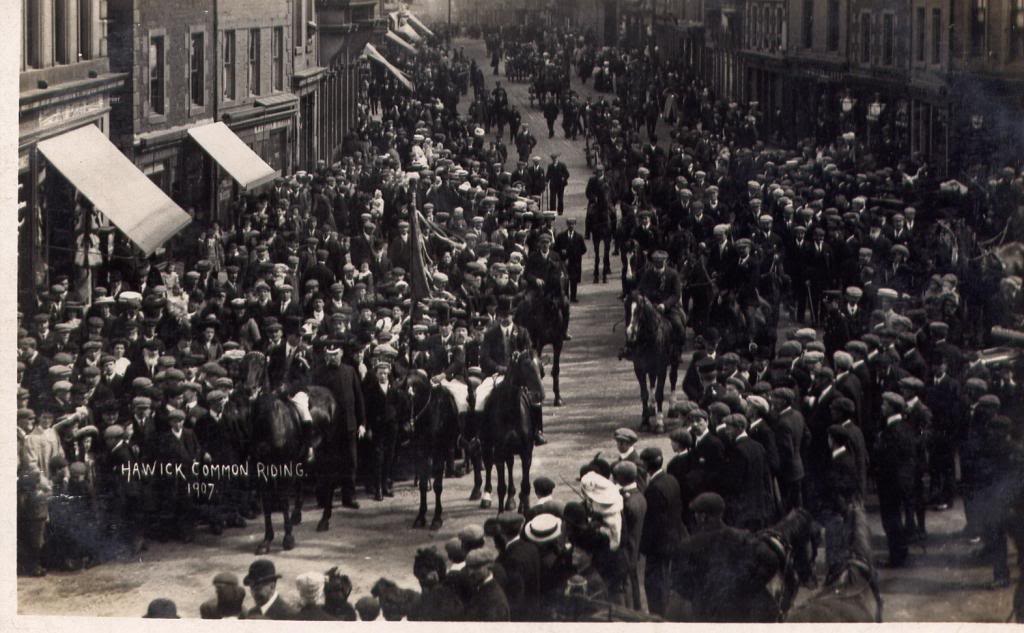
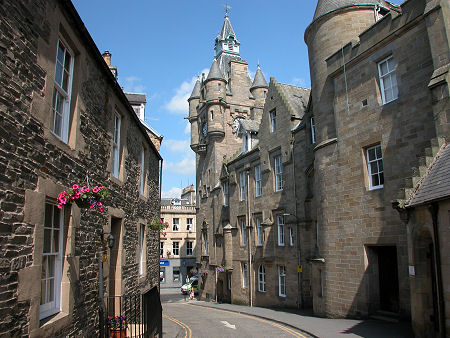
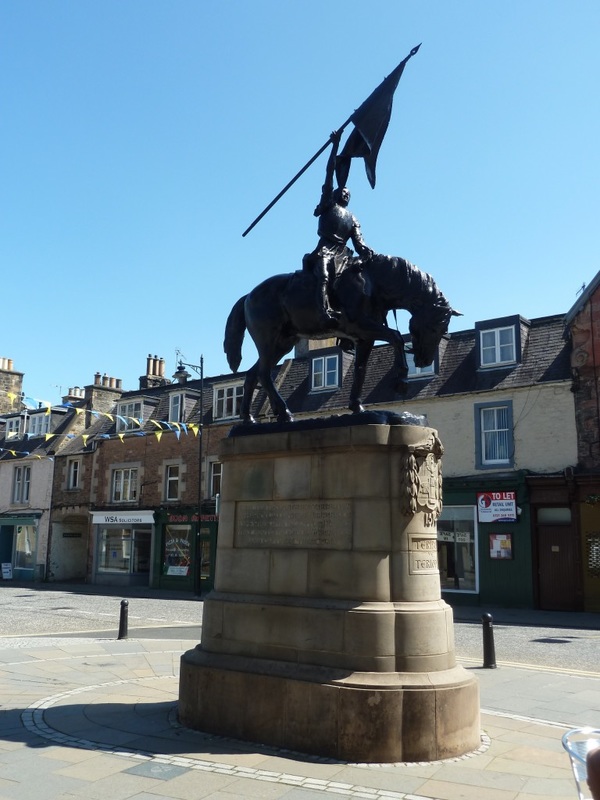
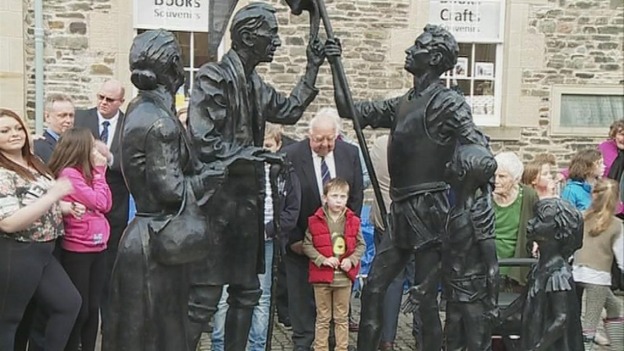
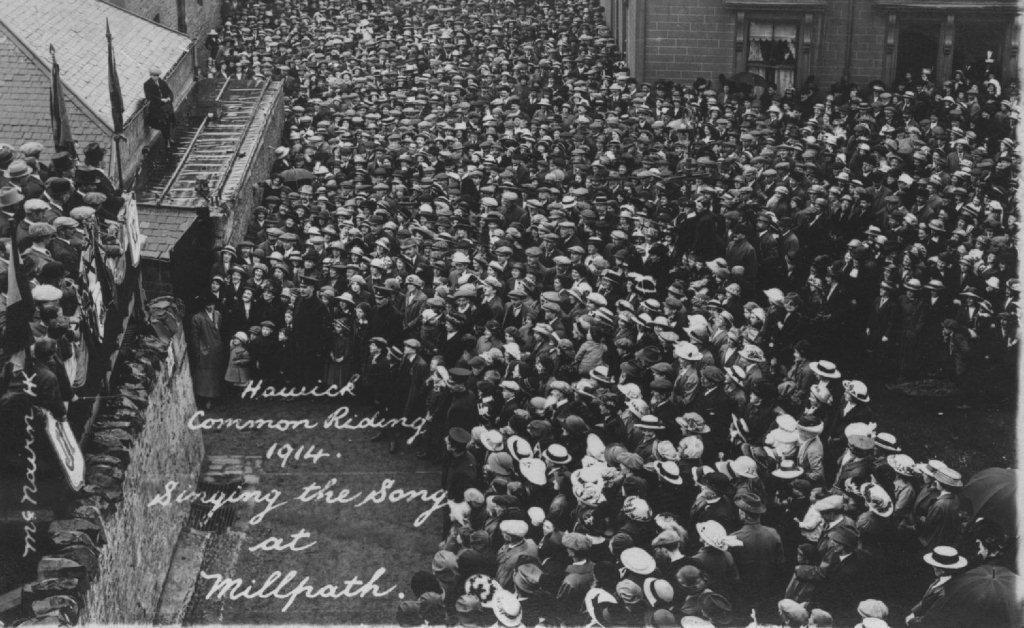
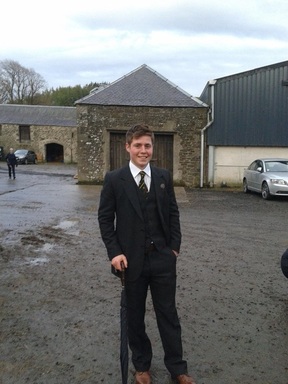
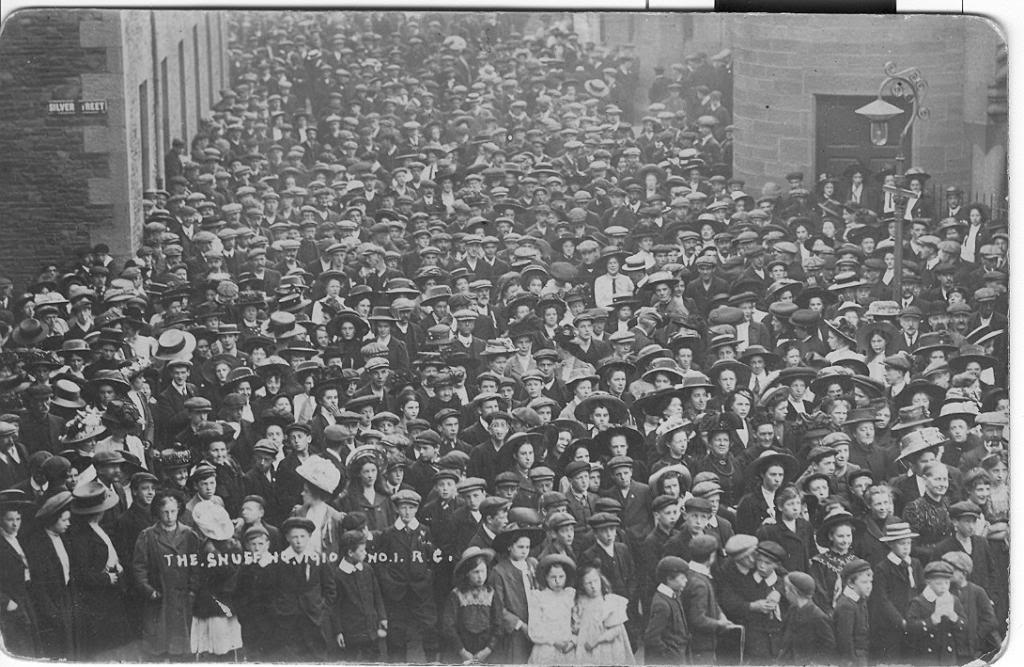
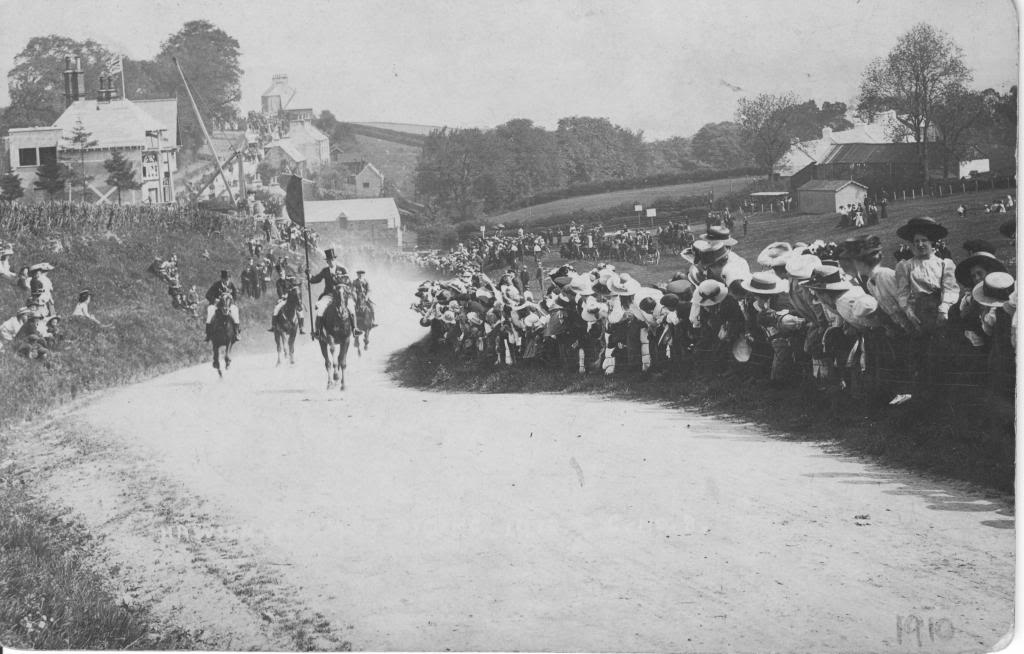
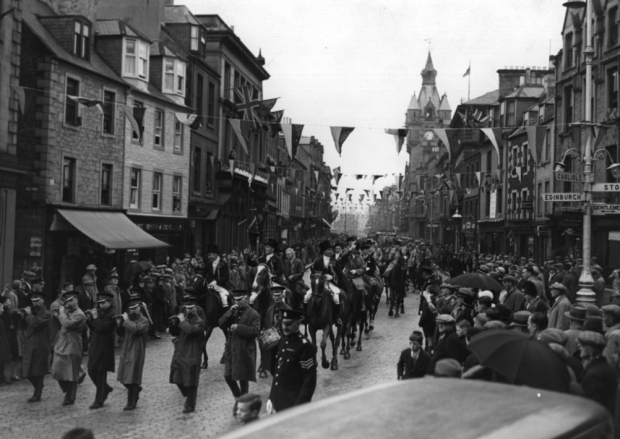
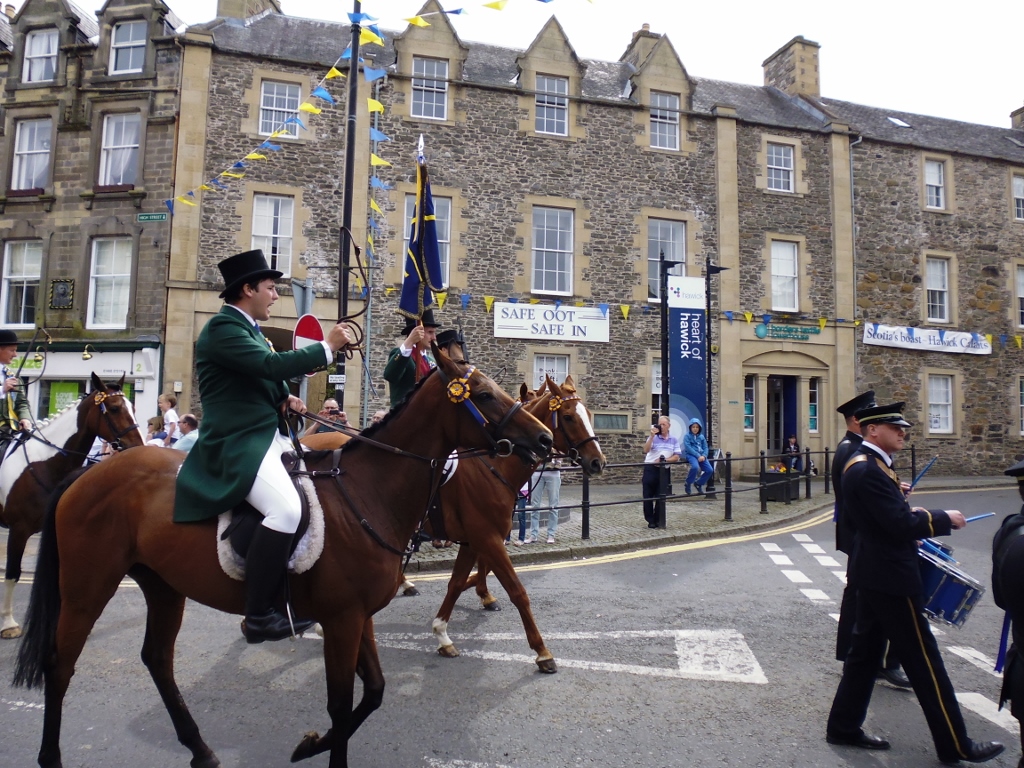
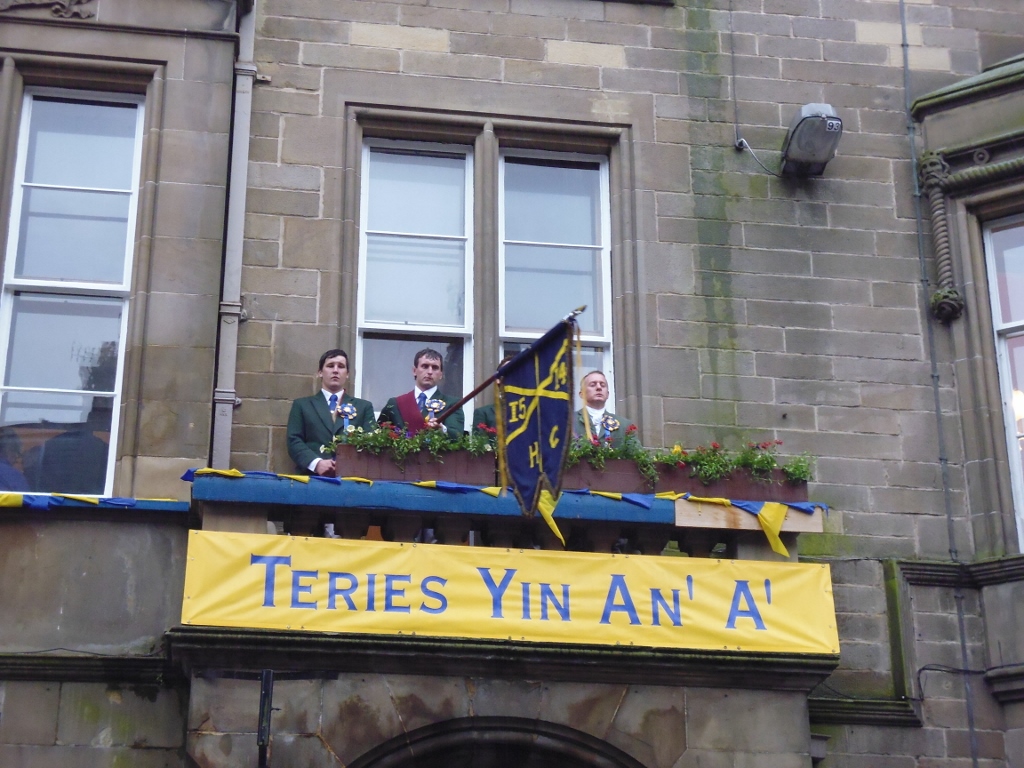
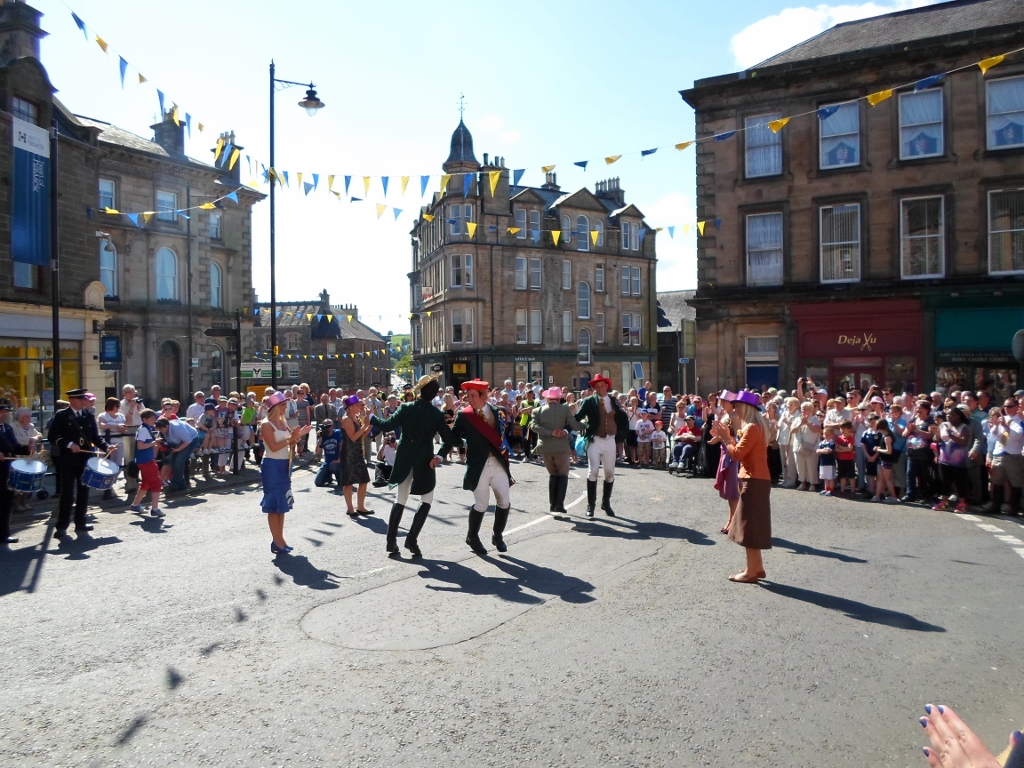
 RSS Feed
RSS Feed
